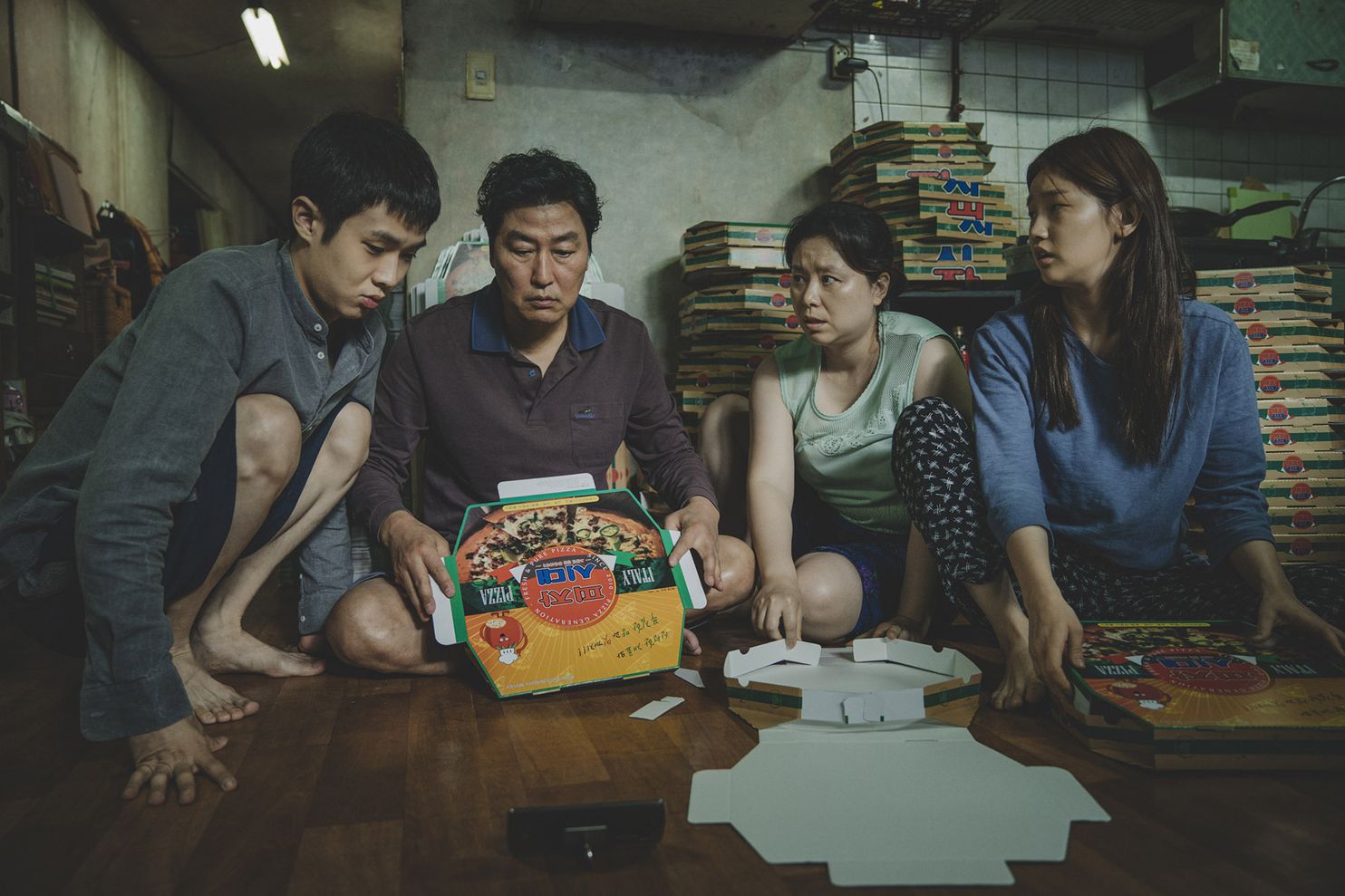By DENISSE P. TABOR

SOCIAL CLASS has been a recurring element of countless films and dramas — the rich-boy-poor girl trope, which, no matter how recycled, still manages to make the audiences’ hearts flutter; the rags-to-riches cliche where the lead character rises to power and takes his revenge on the people who mistreated him; or the storylines where a poor adolescent struggles to fit into a social group in a prestigious school as all the students come from wealthy families.
One of the films which adopts this element is Bong Joon-ho’s Parasite as it tackles the disparity between the rich and the poor; its plot exhaustively juxtaposing the lives of two families from these respective classes. However, unlike other kinds of films, Parasite is more of a social commentary that delves into the plight of the poor and the harsh living standards they are subjected to as well as the indifference of the rich to the former’s situation. The critically-acclaimed film bagged numerous awards, including Palme d’Or at the Cannes Film Festival, Golden Globe Award for Best Foreign Language Film, and two awards at the British Academy Film Awards, namely Best Original Screenplay and Foreign Language Film. It has also been nominated for six Oscar categories.
Parasite centers on the lives of the Kim family: Ki-woo (Choi Woo-shik), an unemployed dropout; Ki-jung (Park So-dam), an intimidating woman with a knack for photoshopping; Ki-taek (Kang Hong-so), the father of the house who spends his days idly passing time by lounging about; and Choong-sook (Jang Hye-jin), the desperate mother who takes on every sideline that she can.
While the first few scenes of the film acquaint us with their living conditions, the real story begins when Ki-woo’s friend went to their home and asked Ki-woo to take his place as an in-house tutor. The lives of the Kims and Parks were intertwined from there on. Masterminded by Ki-woo, the Kims infiltrated the home of the Parks one by one, posing as individuals who come from prestigious backgrounds or are highly competent in their respective careers. Their elaborate schemes were wickedly entertaining, with slow motions contributing to the comedic effect. However, the plotline took a different turn in the second half of the film and morphed into something more sinister and unsettling.
As the events further unravel, much is revealed about the family the Kims are serving. Mrs. Park as a nice lady is an erroneous assumption; it was her naivete and indifference that can be misconstrued as such. Mr. Park is classist and arrogant, blurting invidious remarks about the weird smell of poor people. However, they were not the villains of the story – like the Kims, they were merely products of a system that perpetuates inequality. Nor was it the Kim family, for even though they were charlatans who directly funnel the money from that household to theirs, they were just being compensated, just as they should be, for their services.
The inequality and wealth disparity between the two families were further conveyed by the setting of the film. The Kims are living in a semi-basement where drunkards puke and piss outside. Inside it, its already-cramped space is occupied by towers of pizza boxes. Meanwhile, the other is living uphill in a mansion with a sweeping lawn designed by a renowned architect – its minimalistic interior not doing any justice to the expanse of the home.
On another note, staircases were wisely used throughout the film. To enter the home of the Kims, Ki-woo’s friend descended a flight of stairs. Meanwhile, there is a staircase one must climb to reach the living room of the Parks, not to mention another set of stairs that leads to the upper floor of the house. But, perhaps, the most important stairs were the one that descends to the secret bunker for it suggests the position of the poor in our society: always below the rich.
Another noteworthy element is the panning shot of Ki-woo as he looks out the glass wall that separates him from Mrs. Park. This alludes to the fact that there will always be a demarcation between the two classes. No matter how much they interact on a daily basis, they will always be worlds apart.
While the film is highly metaphorical with its use of conspicuous symbols to imply the ever-widening gap between the wealthy and the poor, the main takeaway from the film is plain as day: the poor will always be submissive to the rich, and it is because of this inequality that the former harbors resentment towards the latter.
There are many things that set the film apart and that includes its chimeric ending which is grounded on the painful reality of the poor: economic mobility is almost impossible to achieve however much they work their fingers to the bone. Even if they work a thousand times harder, they can never have a taste of luxury that the rich enjoys. Life is indeed unfair — some are lucky to be born to a family clothed with privilege from head to toe, while others are crippled by poverty and thus deprived of opportunities to succeed. F



